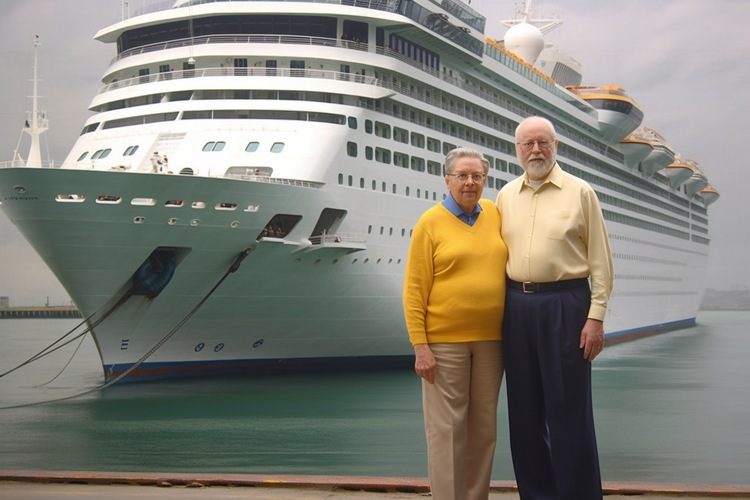Practical guide to ceremony planning for modern couples
Practical tips for planning a ceremony that balances tradition and contemporary preferences, with guidance on coordination, cuisine choices, accessibility, and weaving personal hobbies into the day. This short guide focuses on practical decisions and realistic planning steps.

Planning a ceremony today often means blending meaningful traditions with personal touches that reflect both partners. Practical choices around the timeline, vendor coordination, guest experience and location logistics help reduce stress and ensure the day runs smoothly. This guide focuses on actionable steps and considerations modern couples can use to shape their ceremony while addressing food, music, accessibility, travel elements, and even hobbies that make the day uniquely theirs.
How to coordinate ceremony logistics and coordination?
Start by creating a clear timeline that covers rehearsal, ceremony, and transition to the reception. Assign a primary point of contact—this can be a day-of coordinator, a trusted friend, or a venue manager—so vendors and local services have one person to contact. Build checklists for key tasks like permits for public spaces, hardwood dance-floor delivery if needed, sound checks, and vendor arrival windows. Coordinate transportation for the wedding party and any out-of-town guests to reduce last-minute confusion and allow timebuffers for unexpected delays.
What cuisine and cooking techniques suit diverse guests?
When planning menus, think about varied dietary needs and how cooking techniques can enhance service and flavor under event conditions. Choose crowd-pleasing cuisine that can be adapted—tastes influenced by baking for desserts, simple but elegant plated mains, and stations showcasing different cooking techniques. Work with caterers experienced in large events to balance hot-food delivery, food safety, and timing. Offering clear labels for allergens and a vegetarian or vegan option helps ensure every guest can enjoy the meal without added stress for hosts.
How to plan music, dance, and party flow?
Map out the ceremony-to-reception flow so music and dance elements feel natural. Decide if you want live music, DJ, or a hybrid; coordinate cues for processional and recessional. Balance tradition and personal preference: include a first dance or open the floor later in the night. If the reception uses hardwood or a temporary dance surface, confirm installation and maintenance with the venue. Consider music volume and timing to accommodate seniors and neighbors, and craft a playlist that mixes meaningful songs with upbeat tracks for the party.
How to include travel, trip, and tourism elements?
If the ceremony ties into a travel, trip, or vacation theme—or takes place near an ocean or tourist area—share clear travel guidance with guests and coordinate with local services. Provide accommodation options, maps, and suggested itineraries for those extending the trip into a mini-vacation. Work with tourism offices or local concierge services for group rates, and plan logistics like shuttle services or parking to streamline guest arrivals. A well-organized travel plan reduces friction and helps visitors enjoy the area’s highlights before or after the ceremony.
How to accommodate seniors and accessibility needs?
Design the ceremony layout to be accessible: seating, ramps, and restroom access should be reviewed with the venue and local services. Consider timing the ceremony and meals to suit seniors’ comfort, and ensure there are shaded or climate-controlled areas if outdoors. Transportation and walking distances matter—arrange close parking or shuttles and confirm stable surfaces instead of uneven terrain. Communicate these accommodations on invitations or a wedding website so guests can plan, and assign a helper to assist seniors during transitions throughout the day.
Can unconventional hobbies be part of the ceremony?
Integrating hobbies—such as a shared interest in golf or a love of cooking—can make a ceremony memorable. Incorporate subtle nods, like a reception photo area with a hitting mat and irons illustration for golf enthusiasts, a putter-themed guestbook table, or a dessert station highlighting baking techniques. If you plan active elements (demo areas, interactive stations), set safe distances from guests and provide clear instructions. Using a launch monitor at an outdoor reception or displaying travel photos from past trips can personalize the celebration while avoiding disruptions to the formal program.
Conclusion A practical ceremony plan balances thoughtful logistics with personal details. Clear coordination among vendors and local services, accessible choices for guests, considerate music and dining plans, and tasteful inclusion of personal interests all contribute to a seamless day. By preparing timelines, confirming accessibility and travel arrangements, and communicating expectations, modern couples can create an inclusive, well-paced ceremony that reflects their priorities without unnecessary complications.





